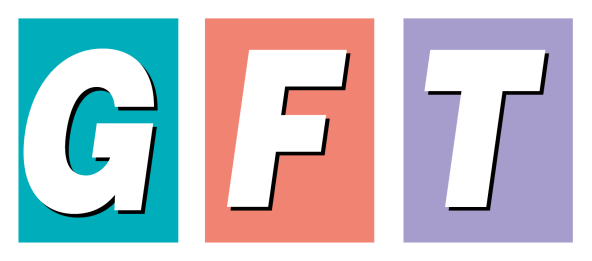How Garment and Textile Technologies Spin Off into Unexpected Industries
• With the continuous development of innovation for garment and textile manufacturing, it is no wonder that textile and garment manufacturers are now able to spin off their expertise to serve every industry
• Nowadays, consumers are becoming more aware of the environmental issues, so developers had to come up with efficient green technologies and new eco-friendly products that are in line with the BCG economic model.
Garment and textile manufacturing industries are among Thailand’s major revenue generating mechanisms. They are essential to the country's economic system in terms of employment, exports and industry’s added value. Although these industries suffered a heavy setback during the COVID-19 pandemic, they have since recovered very quickly and have even spun off into many industries through acceleration of technological advancement such as embroidery machines, sewing machines, digital fabric printers, as well as new materials. Consequently, garment and textile segments have now entered the new frontiers and are not only limited to traditional apparels.
In 2022, Thailand’s textile and garment export value reached USD6,850.1 million, a 5% growth compared to the previous year. The size of the top export markets such as the United States, Japan, Vietnam and Indonesia have all grown impressively. Of the total textile exported, 60% were delivered to China, the United States, Europe, and Japan, while another 40% was sold domestically.
The textile and garment industries are considered large industries with a fully integrated supply chain, consisting of various sub-industries from the upstream such as fiber production and spinning, the midstream such as weaving, knitting, non-woven fabrics, bleaching, printing and finishing, and the downstream which uses the materials from the previous processes to produce final products.
With the continuous development of innovation for garment and textile manufacturing such as new machinery for embroidery, sewing, digital fabric printing, functional textile, accessories and software, it is no wonder that textile and garment manufacturers are now able to spin off their expertise to serve other industries such as interior design, packaging, furniture, car seats, airbags, safety belts, disposable diapers, bulletproof vest, and even fertilizer bags for agriculture among others.
Nowadays, consumers are becoming more aware of the environmental issues that accompany various manufacturing processes, so developers had to come up with efficient green technologies and new eco-friendly products that are in line with the BCG economic model. By doing so, in addition to increasing product value, the amount of greenhouse gas emitted has also been greatly reduced. Moreover, the development of new technologies in the field of garment and textile production has led to opportunities in new markets such as the use of natural materials in blended yarns to use as packaging wraps, table decorations, or other forms of handicrafts, just to name a few.
For anyone interested in machinery for garment and textile manufacturing such as embroidery machines, sewing machines, digital fabric printers, to accessories, functional textile, software solutions, and turnkey OEM service providers that can respond to your requests from both within Thailand and overseas, don’t miss GFT 2023, the 23rd edition of ASEAN’s most comprehensive exhibition on garment and textile manufacturing industry at BITEC, Bangkok during 21-24 June 2023 from 10.00-18.00 hrs.
Sources
• นวัตกรรมอุตสาหกรรมสิ่งทอสีเขียว (Eco-Industrial Innovative Textiles)
http://www.thailandindustry.com/onlinemag/view3.php?section=32&issues=23
• สถานการณ์อุตสาหกรรมสิ่งทอและเครื่องนุ่งห่มไทย เดือนธันวาคม 2565
https://www.thaitextile.org/th/insign/detail.3379.1.0.html
• โรงงานทอผ้าไทย ปี’65 ฟื้น เปิดประเทศหนุน-ออร์เดอร์ล่วงหน้าพุ่ง
https://www.prachachat.net/economy/news-908601
